It’s not every day you come across a betta that’s named after its discoverers, but that’s exactly what you get with betta brownorum. This species of betta was discovered by Barbara and Allan Brown, a couple with a passion for bettas who found themselves along the Batang Rejang river in Sarawak, Malaysia.
The forest peat swamps of Borneo may seem like an unlikely habitat for this tiny red fish with a distinctive green blotch, but that’s exactly where it was first found. Thanks to its labyrinth organ, the betta brownorum can live and breathe in water that would otherwise be uninhabitable for other fish. Ready to learn more about this amazing little fish? Keep reading!
Characteristics/Appearance/LifeSpan
Common Name (species)
Browns Betta, Scorpion Betta
Family
Osphronemidae, Gourami
Origin
Southeast Asia
Diet
Carnivore
Care Level
Easy to Intermediate
Activity
Active, social, alert
Lifespan
Up to 5 years
Temperament
Males can be moderately aggressive when establishing breeding grounds
Tank Level
Bottom
Minimum Tank Size
5 Gallons
Temperature Range
76-82 degrees Fahrenheit
Water Hardness
18 – 90 ppm
pH Range
3.0 – 6.5
Filtration/Flow Rate
Calm
Breeding
Bubble nester
Compatibility
Calm, similarly-sized fish
OK, for Planted Tanks?
Yes, they are accustomed to moist leaf litter in their natural habitats
Activity Level/Temperament
As far as bettas go, betta brownorums are one of the most peaceful and social species. They are happy to keep to themselves and don’t bother other fish in the tank, making them a good choice for community tanks.
Their peaceful nature also makes them good candidates for a male-dominated aquarium. This is quite unusual for bettas, as most species are highly territorial and aggressive towards other males. However, betta brownorums seems to be the exception to the rule and will get along just fine within a species tank with other males.
Compatibility/Mates
Betta brownorums are a relatively social and peaceful species. They can be kept in a species tank or housed with peaceful community fish who share their appreciation for acidic water conditions. For instance, the cardinal tetra, which thrives in waters with a pH level of around 5, would make a good tankmate for the betta brownorum.
A common mistake many people make is housing these fish with those known to be nippy or aggressive. After all, the betta brownorum is related to the Siamese fighting fish. However, the betta brownorum is not as aggressive as its cousin. While they can stand up for themselves, they prefer living in a calm and peaceful environment.
Feeding Guide
Understanding what bettas like to eat is essential for keeping your fish healthy and happy. Here’s a quick overview of what you should feed these delightful little guys!
What To Feed
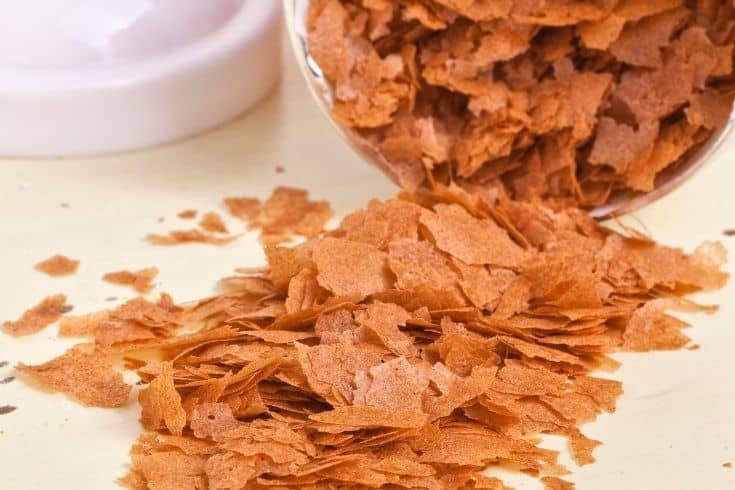
First and foremost, betta brownorums are carnivores. This means that their diet should consist primarily of meat-based foods. There is debate over whether bettas should be given plant-based foods, but the consensus is that they do not need it to survive, though a little bit of greens now and then certainly won’t hurt them.
Most aquarists would be best served in a captive setting by quality flake foods, supplemented by live protein sources such as brine shrimp, daphnia, or bloodworms. Both freeze-dried and frozen foods work just as well as the live options, but please ensure you source them from a reputable dealer to avoid introducing parasites or bacteria into your tank.
How Often to Feed
Betta brownorums, like all other bettas, are adept at fasting for long periods. In the wild, they eat whenever they find food, which is not always a given. They have evolved to survive on small quantities of food consumed over multiple sittings, rather than one large meal per day.
We recommend feeding your betta brownorums 2-3 times per day, in small quantities that they can consume within a minute or two. This will help ensure they get the nutrition they need without overfeeding them and causing water quality issues in your tank.
Even if your fish seems content to graze all day long, please resist the temptation to give in to their wants. Overfeeding is a common beginner mistake that can lead to serious health problems for your fish, including obesity, organ damage, and an increased susceptibility to disease.
Tank Requirements
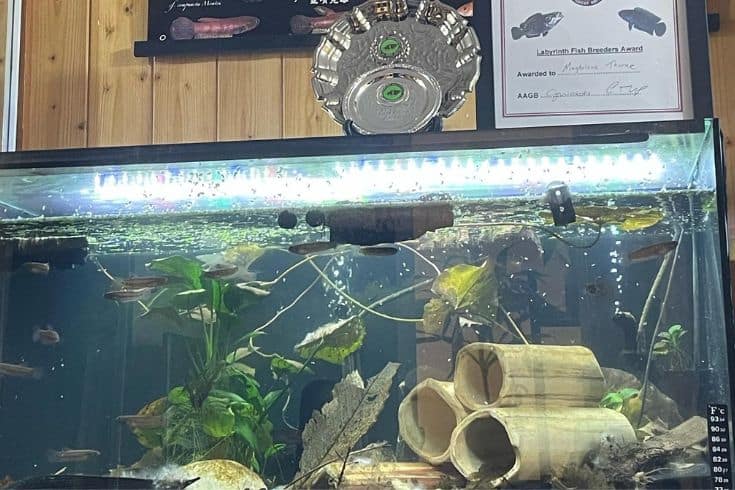
Do you have a better idea of how to feed your betta brownorum? Let’s move on to tank requirements! How many gallons of waller does your brownorum aquarium need, and what setup should you use? We’ll cover all that and more below:
Tank Size
Brownorum tanks can be on the smaller side, as these fish do not grow too large. A 20-gallon tank should provide plenty of space for a small group of these fish, and you could probably get away with a 10-gallon tank if you’re only housing one or two individuals.
Of course, if you’re considering starting a community tank filled with various fish species, you’ll need a larger aquarium to accommodate everyone. We think something in the 40-50 gallon range will work just fine, though of course, it would depend on the other fish you intend to keep.
Remember, it’s always better to err on the side of too much space rather than too little. Your fish will be much happier and healthier in a roomy tank with plenty of space to swim around.
Tank Setup
Ready to start setting up your tank? Here are a few things you’ll need for a simple setup:
- 10-gallon aquarium or larger
- Aquarium stand (if needed)
- Water conditioner
- Fishnet
- Gravel vacuum
- Bucket
- Thermometer
- Heater
- Filter
- Aquatic plants
- Substrate
Step 1: Place your tank in a strategic spot
It should be in a room that is not too hot or cold, and out of direct sunlight. If you’re using a larger aquarium, you may need to invest in an aquarium stand to support the weight.
Step 2: Fill your tank with clean substrate and plants
Fill your tank with an aquarium-safe substrate, then use the substrate to anchor your live plants of choice. Pick appropriate species that will do well in the water conditions you plan to maintain.
Step 3: Install your filter and heater
Make sure to get a filter and heater that are appropriate for the size of your tank. Each type of filter has its own benefits, so do some research to decide which one is best for you.
As for the heater, you’ll need to find one that can maintain a consistent water temperature in your tank. Brownorum fish come from tropical waters and prefer a water temperature of 76-82 degrees Fahrenheit.
Step 4: Fill your tank with dechlorinated water
Use a quality water conditioner to remove chlorine and other impurities from your tap water. If you are doing this for the first time, test the water to ensure that the water parameters are where you’d like them to be. Once everything looks good, fill up your tank!
Step 5: Cycle your tank and add your fish
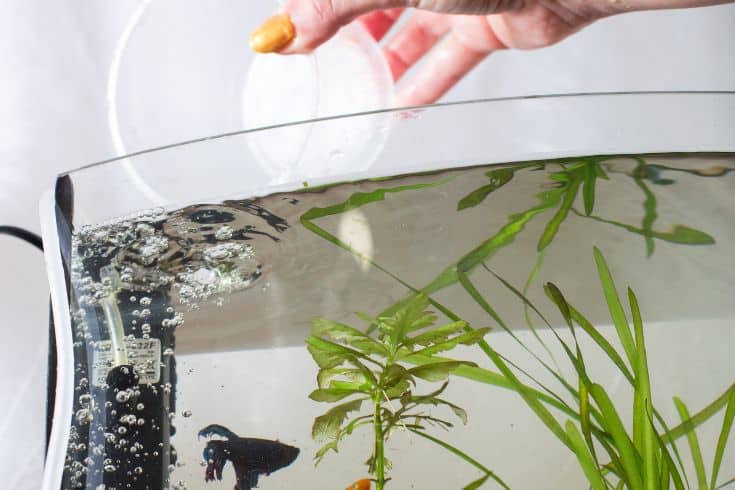
It’s important to cycle your tank before adding any fish. This process establishes beneficial bacteria in your tank that help to break down waste products and keep your water clean.
To cycle your tank, you can either use fishless cycling methods or the fish-in method. We recommend the fishless method, which is less stressful for your fish. Once your tank is cycled, you can add a few Brownorum fish to start your aquarium!
Habitat Requirements
Of course, setting up a tank is only half the battle. You also must ensure that you provide your fish with the proper habitat to thrive. Every fish species has different requirements, so let’s take a look at what betta brownorums need:
Water Requirements
Perhaps the most important factor in keeping a betta brownorum happy is ensuring it has the acidic water it needs to thrive. These fish come from the black water streams of Southeast Asia, filled with tannins and humic acid. As a result, they have one of the lowest pH preferences in the aquarium trade, favoring water with a pH as low as 3.
To recreate their ideal water conditions, you’ll need to introduce pH-lowering substances such as blackwater extract, a concentrated form of tannins. You can also add Indian almond leaves or driftwood to your aquarium, which would be tannins into the water over time.
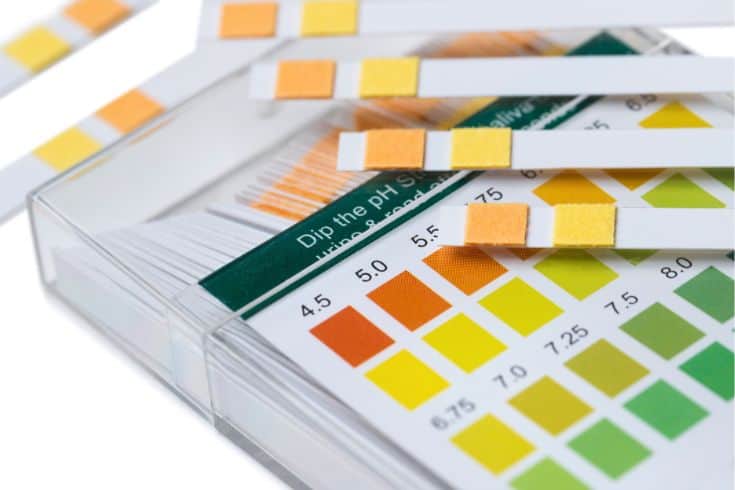
Another important parameter for betta brownorums is the aquarium water level. These fish favor shallow water and often stay near the tank’s surface. This allows them to absorb oxygen from the air more efficiently. As a result, you’ll want to choose a tank with a limited height or ensure that your aquarium has plenty of resting spots near the surface.
Filtration Requirements
Any comprehensive aquarium setup requires a good filter. Equipping your aquarium with filtration that can handle the waste your fish produces is essential to keeping the water quality high and your fish healthy. Betta brownorums are not particularly messy fish, so a small filter should be sufficient. Just make sure to get one that is appropriate for the size of your tank.
As a general rule of thumb, a properly-sized filter should turn over the entire volume of your aquarium 4-5 times per hour. So, for a 10 gallon tank, you’ll want a filter that can handle 40-50 gallons per hour. Be sure not to opt for something that produces too much turbulence. Betta brownorums are peaceful and don’t do well with strong water currents.
There may also be some debate over the right type of filter to use. While canister filters are typically the most efficient, they may be too strong for a betta brownorum aquarium. A hang-on-back filter may be a better option, as they can be adjusted to produce less water flow.
Heat and Lighting Requirements
Betta brownorums are a nocturnal species, so they don’t require intense aquarium lighting like some other tropical fish. Too much light can be detrimental to their health. A low-wattage LED fixture should provide more than enough light for your aquarium. No matter the type of aquarium light you choose, install a timer, so the light is only on for 10-12 hours per day.
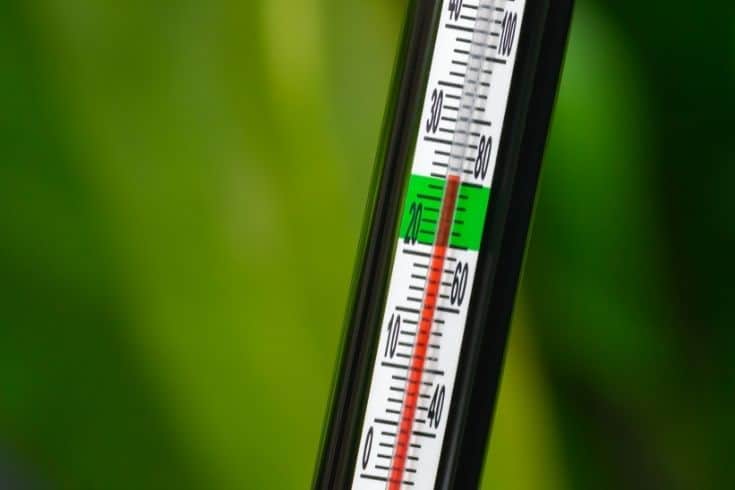
As for heat, betta brownorums prefer water between 77 and 86 degrees Fahrenheit. You can use an aquarium heater to maintain these temperatures. Just be sure to get one that is appropriately sized for your tank and place it in an area with good water circulation. A good heater wouldn’t just heat water, it would maintain a consistent temperature in the entire aquarium.
Plants and Decorations
A fully-decorated aquarium is one thing that isn’t essential, but it definitely makes the hobby more enjoyable. That being said, there are a few things to keep in mind if you want to create a balanced aquarium that meets the needs of your fish.
The first thing to remember is that the betta brownorum loves shallow water. If you have a tank with a standard depth, consider adding a few betta hammocks or medium-sized botanicals with leaves that end just at the water’s surface. This will give your fish plenty of places to rest near the top of the tank where they can easily access oxygen-rich air.
As for plants, you’ll want to focus on species that can tolerate low pH levels. Few plants will do well in water with a pH below 6.5, so your options may be limited. Java ferns and anubias are good options, but you can also opt for artificial decor if necessary. Many novelty aquariums are fully decked out with fake plants, but still meet the needs of their inhabitants!
Habitat Maintenance
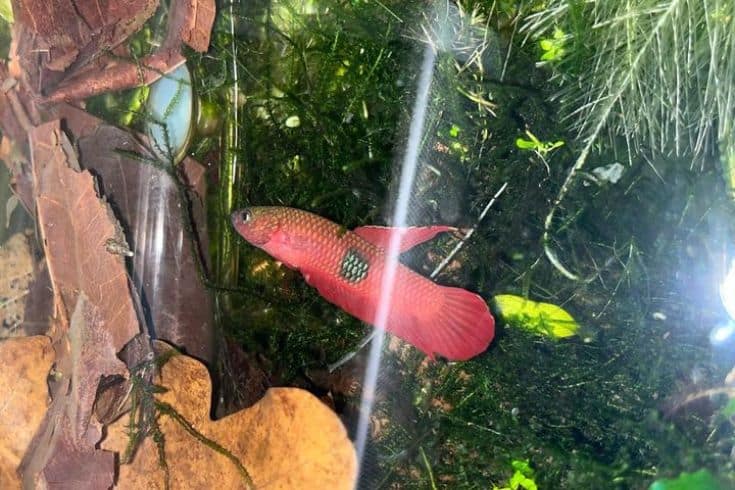
Last but not least, you’ll need to maintain your aquarium regularly to keep the water quality high and your fish healthy. This includes performing water changes, removing uneaten food, and topping up your tank with fresh water to compensate for evaporation. Tedious as these chores may sound, they are crucial to your fish’s care requirements.
A good rule of thumb is to perform a 25-50% water change every 2 weeks. This will help to remove built-up toxins and replenish your aquarium with fresh water. Be sure to use a dechlorinator when adding new water to your tank, and invest in a micro aquarium siphon to remove any particles or food residue you stumble upon.
Health
Betta fish keepers will all attest to the fact that these fish are fairly fragile creatures. They are prone to a variety of health issues, and even the most experienced keepers sometimes lose their captive fish to disease. That being said, here are a few common illnesses that you should be on the lookout for:
Health Issue
Ich (White Spot Disease)
Symptoms or Causes
Ich is a very common disease that’s caused by an aquatic protozoan parasite.
Fish infected with Ich develop a sprinkling of tiny white spots on their fins, gill covers, and bodies. They also flash against the gravel and other solid objects in the aquarium.
Suggested Action
Raise the water temperature to 82o F for three days. Use an OTC White Spot Disease medication to treat the tank.
Health Issue
Flukes
Symptoms or Causes
Flukes is the term used to describe various types of external fish parasites. These macroparasites can often be seen with the naked eye attached to the fish’s skin or gills.
Suggested Action
Treat the fish tank with an OTC antiparasitic medication.
Health Issue
Fungal infections
Symptoms or Causes
White fluffy growths on the fish’s body, mouth, and head.
Suggested Action
Quarantine infected fish, and treat with an antifungal medication.
Health Issue
Bacterial infections
Symptoms or Causes
Sores and ulcers on the body and head, ragged, bloody fins.
Suggested Action
Treat the tank with OTC antibacterial treatment.
While there are many other potential health problems that your fish may face, these are some of the most common. With a little bit of care and vigilance, you can help to ensure that your fish stays healthy and happy for many years to come!
Breeding
The sight of baby fish swimming around in little fry tanks never gets old. If you’re interested in breeding your betta fish, there are a few things you’ll need to do to set the stage for success.
- First, you’ll need to set up a fry aquarium. We recommend an 8-gallon aquarium, and equip it with a heater set to 80 degrees Fahrenheit.
- Then, add your breeding pair to the fry aquarium and allow them to acclimate for a few days. Once they are settled in, male betta brownorum will build delicate nests out of bubbles. Yes – like the betta splendens, betta brownorum are prolific bubble nest builders!
- Once the male has built his nest, he will entice a female to release her eggs. She releases an average of 300 eggs at a time, and the male fertilizes them by releasing his sperm, or milt.
The eggs will hatch in about 3 days, and the fry will begin to swim freely around the aquarium. At this point, you’ll need to start feeding them tiny live or frozen foods such as brine shrimp or daphnia.
Product Recommendations
Before we wrap up this article, we wanted to share a few product recommendations to help you set up and maintain a happy and healthy home for your betta brownorum. Here are a few of our favorites:
Aqueon 10-Gallon Fish Tank: Keep things simple with this tried-and-true 10-gallon aquarium. It’s cost-effective and is perfectly sized for 2-3 betta brownorum.
Premium Indian Almond Leaves: Betta brownorum need acidic water, and these leaves will do an excellent job of lowering pH and creating tannins.
Betta Fish Leaf Hammock: Give your fish an easy way to access the water surface with this floating leaf hammock.
The Takeaway
We hope you’ve enjoyed learning about this unique and beautiful fish species. Betta brownorum are a perfect choice for beginner aquarists, and will make a beautiful addition to any home aquarium. Thanks for reading, and do share this article with someone who might enjoy it!
